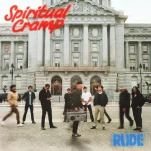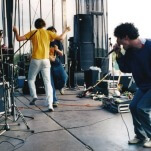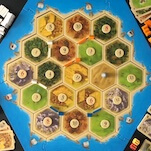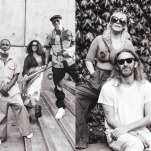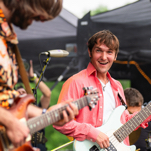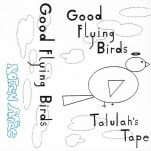Greetings From Polanco, Mexico City
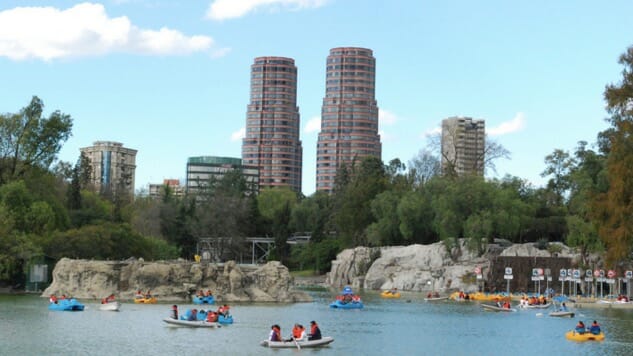
Tenochtitlan, the capital of the Aztec Empire and the largest pre-Columbian city in the Americas, sat on an island in Lake Texcoco surrounded by three mountains. In the early 1500s, the Spanish conquistadors battled the Aztec and conducted a bitter 75-day siege in 1521 to conquer the city. The high-altitude Aztec capital, which lost numerous structures in the fight, was soon rebuilt as the capital of New Spain, eventually draining the lake and adopting the name Ciudad de México (CDMX). Today, Mexico City, the most important capital in Spanish-speaking Latin America, is one of the world’s largest metropolises with 16 boroughs and more than 300 colonias (neighborhoods).
For travelers interested in colonial history and architecture, the city center overflows with cathedrals, buildings, squares and even live Mariachi music. To experience modern Mexican culture, however, head west to the more exclusive neighborhoods like Polanco, a cluster of five posh colonias with the country’s highest concentration of politicians, business leaders, embassies, celebrities, five-star hotels and wealthy families. Sitting just north of Chapultepec Park, Polanco usurped Zona Rosa as the city’s trendsetting hub after a massive earthquake in 1985 brought an influx of new residents and commercial businesses. Whereas the city center claims centuries-old colonial buildings, Polcano has modern architecture that epitomizes the neighborhood’s push toward the future, while its roadways honor forward-thinking minds with street names like Edgar Allen Poe, Galileo, Newton and Oscar Wilde. For sophisticated travelers, Polcano is an ideal neighborhood bustling with Michelin-level restaurants, rooftop bars, leafy parks and enhanced security that makes for significantly safer streets.
Day One
-

-

-

-

-

-

-

-

-

-

-

-

-

-

-

-

-

-

-

-

-

-

-

-

-

-

-

-

-

-

-

-

-

-

-

-

-

-

-

-






